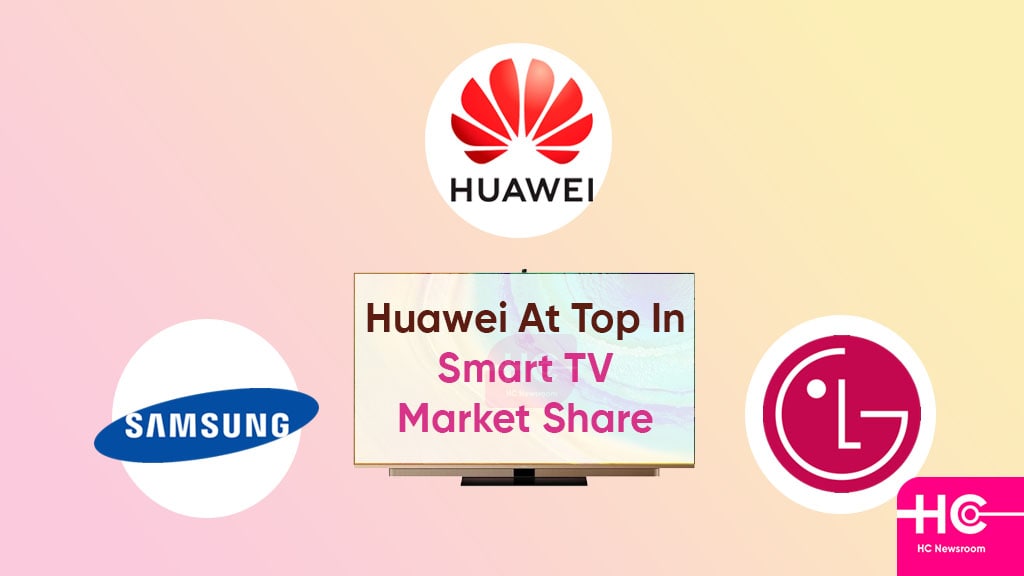News
Samsung, LG Smart TV market share declines in Q2 2022, while Huawei still doing great

Huawei knows very well how to maintain the quality of the products with time and make it stand at the top in the market. And here is the proof, recently released information indicates that while the top vendors have received a major decline in the Smart TV global market share, Huawei is still doing great with its products.
So far, we acknowledged that the global market for electronic equipment has fallen in the past few months. Consequently, this made a huge impact on the sales of smart gadgets including handset models, tablets, computers, and smart screens.
Unfortunately, this decline in equipment sales has given a major jerk to some of the high-tech manufacturers. According to the latest information, Samsung and LG are constantly facing a gradual decrease in their Smart TV sale.
The first quarter of this year remained at a moderate level for both parties. Samsung was standing at 32.9 percent of the market share while LG gained 17.7 percent. Together, they had a market share of 50.6 percent. However, in the second quarter, the combined market shares directly went below 50 percent.
Thereafter comes the Sony cooperation ranking at the third position with a decrease of 35.8 percent on yearly basis. If we talk about the reasons, it’s undoubtedly the high cost and lower demands of Smart TV in the global market.

Huawei Smart TV market share is at a good point!
It’s not only the global market, but even Chinese merchandise has faced the same scenario in the case of smart screen sales. In comparison to the first half, the Chinese Smart TV market has decreased to 10.5 percent. Yet, there are some brands such as Huawei, Redmi, and Hisense’s Vidda that made a good stand in tough circumstances as well.
Although we didn’t grab the accurate sales of the company. Yet, as per the reports, Huawei Smart TV sales have increased in both – the Chinese and the global market. Huawei brings on such products that are not only affordable but also performance-oriented. Ultimately, this strategy makes its devices higher in demand among consumers.
(Source)






